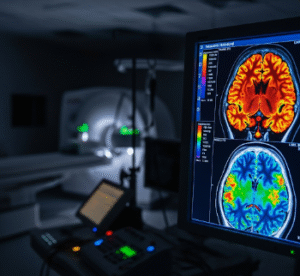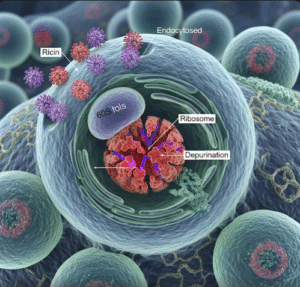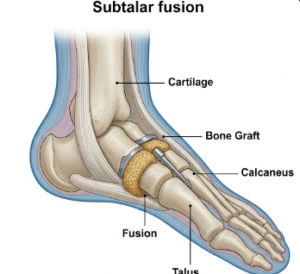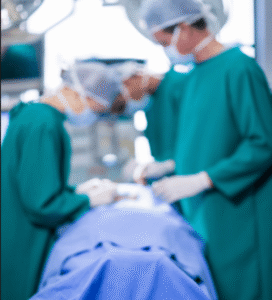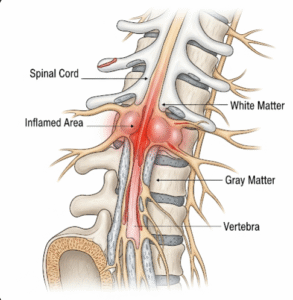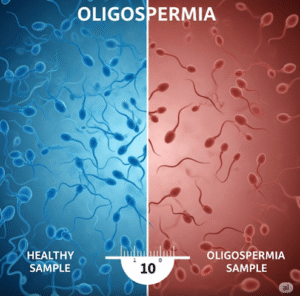Overview
Lumbar Laminectomy is a surgical procedure designed to relieve pressure on the spinal nerves in the lower back (lumbar spine) by removing the lamina, which is the back part of a vertebra. This procedure is commonly performed to treat spinal stenosis, herniated discs, or bone spurs causing pain, numbness, or weakness in the lower back and legs.
In Korea, lumbar laminectomy is performed by experienced neurosurgeons and orthopedic spine specialists using advanced surgical techniques, including minimally invasive and microsurgical approaches, which reduce recovery time, minimize pain, and improve outcomes.
Highlights:
- ✅ Relieves nerve compression in the lumbar spine
- ✅ Reduces lower back and leg pain
- ✅ Minimally invasive techniques available for faster recovery
What is Lumbar Laminectomy?
Lumbar Laminectomy involves the removal of the lamina (bony arch) of one or more lumbar vertebrae to enlarge the spinal canal and relieve pressure on compressed nerves. In some cases, bone spurs or herniated disc material may also be removed to maximize decompression.
Indications include:
- Lumbar spinal stenosis causing leg pain, numbness, or weakness
- Herniated discs pressing on spinal nerves
- Sciatica or difficulty walking due to nerve compression
- Persistent symptoms not relieved by conservative treatments
Important: Lumbar laminectomy is usually recommended after conservative therapies such as physical therapy, medications, or epidural injections have failed.
What are the benefits?
- Pain relief: Reduces leg and lower back pain caused by nerve compression
- Improved mobility: Enables easier walking and daily activities
- Nerve decompression: Prevents further nerve damage or weakness
- Enhanced quality of life: Improves independence and daily functioning
Key benefits highlighted:
- ⚡ Long-term relief from lumbar spinal stenosis symptoms
- ⚡ Minimally invasive approaches reduce recovery time
- ⚡ Can prevent progression of neurological deficits
- ⚡ Restores space in the spinal canal for nerves
Procedure Details
1) How should I prepare for Lumbar Laminectomy?
- Preoperative evaluation: MRI or CT scans to assess spinal canal, blood tests, and cardiopulmonary assessment
- Medication review: Stop blood thinners or other medications as instructed
- Consent and education: Discuss procedure, risks, and recovery expectations
- Physical preparation: Light exercises or physical therapy may be recommended to strengthen the back
- Lifestyle preparation: Stop smoking and maintain good nutrition to support healing
2) What happens during Lumbar Laminectomy?
- Anesthesia: General anesthesia administered
- Incision and exposure: Small incision made over affected lumbar vertebrae
- Lamina removal: Lamina and any bone spurs or herniated disc material removed to relieve nerve pressure
- Nerve decompression: Spinal nerves freed from compression
- Closure: Incision closed with sutures or staples; drains may be placed if necessary
Duration: Typically 1–3 hours depending on the number of vertebrae involved
3) What happens after Lumbar Laminectomy?
- Recovery monitoring: Vital signs and neurological function closely observed
- Pain management: Analgesics administered for post-operative pain
- Activity and rehabilitation: Gradual mobilization and physical therapy to strengthen back muscles
- Follow-up care: Monitoring incision healing and neurological improvement
Highlights for post-procedure care:
- ⚡ Avoid heavy lifting, twisting, or bending initially
- ⚡ Follow prescribed physical therapy program
- ⚡ Monitor incision site for redness, swelling, or discharge
- ⚡ Report numbness, weakness, or increasing pain immediately
Risks / Benefits
Risks:
- Infection at the surgical site
- Bleeding or hematoma
- Nerve damage or persistent neurological symptoms
- Spinal instability if multiple vertebrae are involved
Benefits:
- Relieves nerve compression and associated pain
- Improves mobility and daily function
- Prevents further neurological deterioration
- Minimally invasive approaches enhance recovery and reduce hospital stay
Recovery and Outlook
- Hospital stay: Typically 1–5 days depending on procedure extent
- Full recovery: 4–8 weeks for most patients; gradual improvement in pain and mobility
- Long-term outlook: Significant relief from nerve compression; ongoing physical therapy enhances results
- Follow-up: Regular visits for wound healing, neurological assessment, and activity guidance
Tips for optimal recovery:
- ✅ Adhere to physical therapy and exercise recommendations
- ✅ Avoid activities that strain the back
- ✅ Monitor incision and neurological status closely
- ✅ Attend all follow-up appointments for optimal outcomes
When To Call the Doctor
- Fever, chills, or signs of infection
- Numbness, tingling, or weakness worsening after surgery
- Severe or persistent pain not relieved by medications
- Swelling, drainage, or bleeding at the incision site
Best Korea Option / Process
Korea provides advanced lumbar laminectomy care:
- Top hospitals: Specialized spine surgery centers with expert neurosurgeons and orthopedic surgeons
- Advanced diagnostics: MRI, CT, and preoperative planning for precise surgery
- Minimally invasive options: Microsurgical or VATS-assisted approaches for faster recovery
- Postoperative care: Pain management, physical therapy, and neurological monitoring
- International patient support: Online consultations, appointment scheduling, and telemedicine follow-up
Step-by-step process in Korea:
- Online consultation and preoperative evaluation
- Imaging and surgical planning
- Lumbar laminectomy performed by expert spine surgeons
- Postoperative monitoring, pain control, and physical rehabilitation
- Follow-up care for neurological assessment and full recovery


